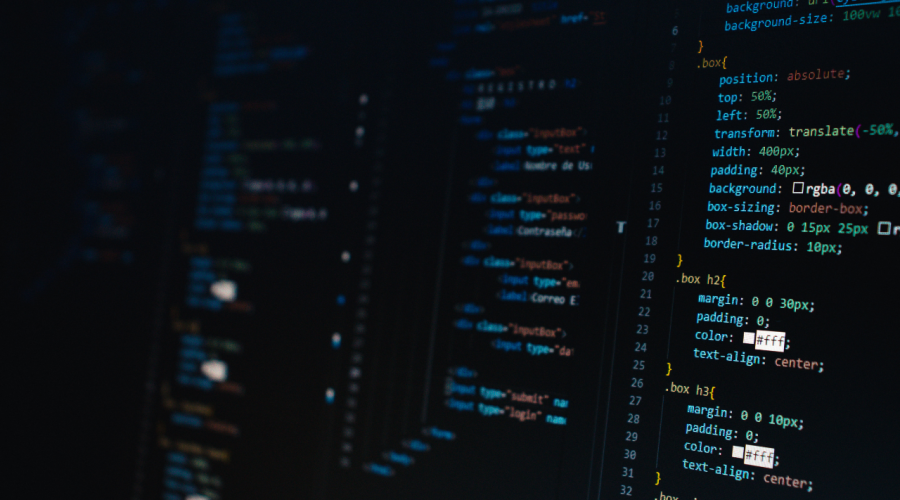How AI-Powered Threat Analysts Are Revolutionizing Cybersecurity
A threat analyst plays a vital role in cybersecurity by identifying, analyzing, and mitigating risks. With the increasing complexity of cyber threats, organizations are turning to artificial intelligence (AI) to strengthen their security posture. An AI-powered threat analyst leverages advanced AI tools to detect, analyze, and respond to cyber threats efficiently. This approach not only enhances security but also reduces response times, ensuring businesses stay ahead of potential cyberattacks.

The Role of a Threat Analyst in Cybersecurity
A threat analyst is responsible for monitoring an organization’s digital environment for suspicious activities. Traditional methods of threat analysis require significant human effort, making it challenging to keep up with evolving threats. AI-powered tools assist a threat analyst in identifying patterns, predicting attacks, and automating responses to cyber incidents. By integrating AI, organizations can improve their ability to prevent breaches and minimize damage.
How AI Enhances the Work of a Threat Analyst
AI-powered solutions transform the role of a threat analyst by automating repetitive tasks and providing real-time insights. Some key enhancements AI brings include:
- Automated Threat Detection: AI tools analyze vast amounts of data to identify potential threats before they cause harm.
- Predictive Analysis: Machine learning algorithms help a threat analyst predict future attack trends.
- Rapid Incident Response: AI reduces the time needed to respond to threats by automating mitigation measures.
- Improved Accuracy: AI minimizes false positives, allowing a threat analyst to focus on genuine security risks.
Key AI Tools Used by a Threat Analyst
AI-powered tools assist a threat analyst in various ways. Some of the most commonly used AI-driven security tools include:
- SIEM (Security Information and Event Management) Systems: These tools use AI to analyze security logs and detect anomalies.
- Endpoint Detection and Response (EDR): AI enhances EDR solutions by identifying suspicious activities on endpoint devices.
- User and Entity Behavior Analytics (UEBA): AI helps a threat analyst monitor user behaviors and detect anomalies.
- Threat Intelligence Platforms: AI gathers and processes threat intelligence to identify new attack vectors.
- Automated Incident Response Systems: AI-driven security systems execute automated actions to mitigate threats.
The Benefits of an AI-Powered Threat Analyst
The integration of AI in cybersecurity offers several advantages for a threat analyst, including:
- Faster Threat Detection: AI quickly processes security data, allowing a threat analyst to detect threats in real time.
- Reduced Workload: AI automates tedious tasks, enabling a threat analyst to focus on strategic security efforts.
- Better Decision-Making: AI provides actionable insights, helping a threat analyst make informed security decisions.
- Cost Efficiency: Automating threat detection and response reduces the need for extensive security teams.
Challenges of Using AI in Threat Analysis
Despite its benefits, AI-powered cybersecurity faces certain challenges, including:
- False Positives: AI tools may generate false alerts, requiring a threat analyst to verify findings manually.
- AI Bias: Inaccurate training data can lead to biases in AI decision-making.
- Cybercriminal AI Usage: Attackers also use AI, making it necessary for a threat analyst to stay ahead.
- High Implementation Costs: Deploying AI security solutions requires investment in advanced technology and training.
The Future of AI in Threat Analysis
As cyber threats continue to evolve, the role of AI in cybersecurity will become even more critical. Future advancements will allow a threat analyst to:
- Utilize AI-Driven Deception Techniques: AI will create decoys to mislead attackers.
- Leverage Quantum Computing for Security: Future AI models will use quantum computing to enhance threat detection.
- Improve Self-Learning Security Systems: AI will continue to learn and adapt to new threats without human intervention.
An AI-powered threat analyst is essential for modern cybersecurity. By leveraging AI tools, organizations can detect, analyze, and respond to threats more efficiently. While AI enhances security operations, a threat analyst must continuously adapt to emerging threats. As technology advances, the collaboration between AI and human expertise will be crucial in ensuring robust cybersecurity defenses. Organizations looking to strengthen their security posture should invest in AI-driven threat analysis solutions to protect their digital assets effectively.



